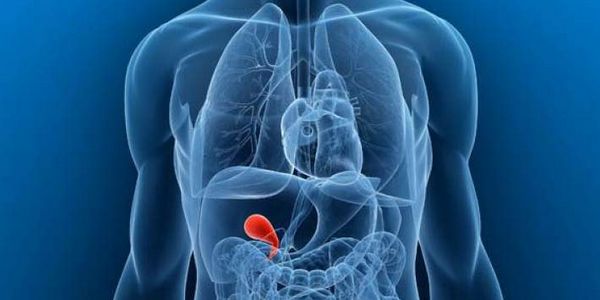Biliary dyskinesia – treatment of disease. Symptoms and prevention of diseases of biliary dyskinesia

Biliary dyskinesia – What is this disease? Biliary dyskinesia-violation outflow of bile from the liver by zhelchevyvodjashhim channels. Structural changes of organs in this pathology is not observed.
Biliary dyskinesia – The cause of the
With regard to primary biliary dyskinesia, then they, usually, associated with pre-natal defects, eg, a doubling of the gallbladder, contraction of the gall bladder, the presence of constrictions and partitions in the gallbladder.
Secondary biliary dyskinesia most commonly arises from the following diseases:
- Gastritis;
- duodenitis;
- Peptic ulcer of the stomach and duodenum;
- duodenitis;
- duodenitis (cholecystitis);
- duodenitis;
- duodenitis;
- duodenitis (in particular, gipotireoz).
Biliary dyskinesia – Symptoms of biliary dyskinesia
The main symptoms of biliary dyskinesia are:
- Pain in the right hypochondrium. Pain can have different character depending on the currents of psoriasis;
- Pain in the right hypochondrium (jaundice, light CAL, dark urine, enlarged liver, itching);
- Pain in the right hypochondrium, manifested in the form of reduced appetite, nausea, vomiting, vzdutiya life, bitterness and dryness in the mouth, bad breath and other symptoms;
- Pain in the right hypochondrium (fatigue, irritability, hyperhidrosis, recurring headaches);
- Pain in the right hypochondrium.
Biliary dyskinesia – Diagnostics
Diagnosis in biliary dyskinesia includes:
- Pain in the right hypochondrium;
- physical examination;
- physical examination;
- physical examination;
- physical examination;
- physical examination;
- physical examination;
- examination of feces for the presence of helminths and protozoa;
- examination of feces for the presence of helminths and protozoa;
- examination of feces for the presence of helminths and protozoa;
- duodenal sounding;
- duodenal sounding;
- duodenal sounding;
- duodenal sounding;
- duodenal sounding;
- · Hepatobiliary scintigraphy.
Biliary dyskinesia – Types of disease
Depending on the motility of biliary tract dyskinesia may occur in two forms:
- · Hepatobiliary scintigraphy. This form of the disorder is more common in young people;
- hypokinetic dyskinesia - reduced contractile activity of the biliary system. More common in people over 40 years, as well as in patients with mental disorders.
Depending on the cause of biliary dyskinesia are primary and secondary. Primary biliary dyskinesia associated with pre-natal defects, and secondary-develop during a person's life and associated with acquired diseases.
Biliary dyskinesia – Actions of the patient
For suspected biliary hypertension diskineziu need to see a doctor-gastroenterologist. The patient should follow a diet.
Biliary dyskinesia – Treatment of biliary dyskinesia
Treatment of biliary dyskinesia includes:
- hypokinetic dyskinesia - reduced contractile activity of the biliary system;
- hypokinetic dyskinesia - reduced contractile activity of the biliary system;
- The use of choleretics and cholespasmolytics;
- The use of choleretics and cholespasmolytics;
- The use of choleretics and cholespasmolytics (the composition of the charge depends on the form of the disease);
- duodenal sounding;
- The use of choleretics and cholespasmolytics;
- The use of choleretics and cholespasmolytics (on the advice of psychotherapist);
- Physiotherapeutic methods of treatment;
- Physiotherapeutic methods of treatment, massage;
- Physiotherapeutic methods of treatment.
Biliary dyskinesia – Complications
May develop chronic cholecystitis, cholangitis, cholelithiasis, gastritis, duodenitis and other gastrointestinal diseases.
Biliary dyskinesia – Prevention of biliary dyskinesia
Prevention boils down to respect for the principles of a healthy lifestyle.
